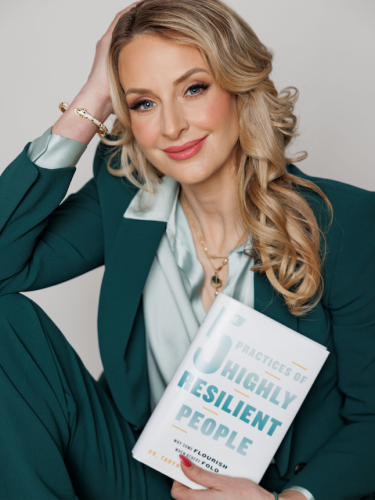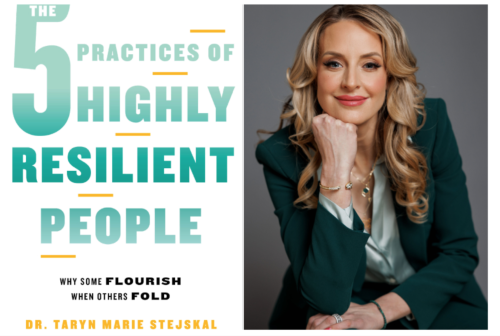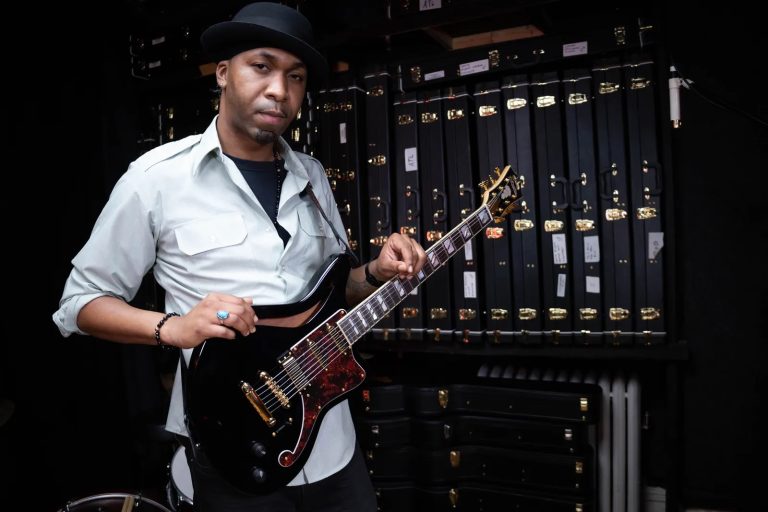
COMMUNICATION is defined as the sending and receiving of information. When we think of communication amongst humans, most of us think about live verbal communication. In other words we actually speak to each other. The modes of communication when speaking to another human are numerous from face to face to a zoom call.
Some say face to face is the only way to really effectively understand each other and communicate. Then we have just voice with a phone call and we have email, and mail and text messages and even recorded video or audio that we push out on social media. All are forms of communication.
With a face to face you have more than words. The entire essence of each human communicates with others as well without words. When a person walks into a room or into a meeting they communicate with others by how they dress, their facial mannerisms, their internal energy, their gate. Whether they walk in with their head held high and standing up straight or slouching down not looking at anyone. We can communicate anger, sadness, empathy, excitement and so many other emotions. All without speaking a single word.
What about the receipt of the information and how to process and handle that information? What do we do with that information? How do we respond? Do we react instantly to information received without processing it? Computers process data at speeds as humans we can’t even comprehend. Then the computer and now AI spits information back out in response to incoming data.
In this world of immediate and instant gratification. Out patience is eroding. Delayed gratification is becoming a thing of the past. We all want immediacy. We want the solution NOW. We want to solve the equation now. We want the prize now.
As we are learning with AI, the immediate information that it responds with to incoming communication isn’r always right. Why? Well, nothing is perfect and Artificial Intelligence was created by imperfect beings.
Using AI as a tool for communicating is now a part of the human experience and it will become even more pervasive as time goes on.
As humans, just like computers we are constantly analyzing incoming information and data. All of it is a form of communication.
Whether it is our surroundings communicating with us or another human being speaking with us. The information comes in. But, here is where things break down. It’s the processing of the incoming communication and our response to it.
As humans we also have this thing called emotion. I’m not a psychotherapist or a neuroscientist. But the brain manages and controls information many ways.
From the hypothalamus which in many instances is responsible for the pleasure we feel, to the hippocampus which helps preserve and retrieve memories to the amygdala, I call “The Amy” which helps coordinate responses to things in your environment, especially those that trigger an emotional response. The Amy plays an important role in fear and anger.
As humans, most of us are loosely “taught” how to communicate though speech. If we are lucky we are also taught how to process, analyze, formulate a response then speak or respond. When I was a young lawyer I was taught by a mentor how to train people who were being deposed or testifying in court.
- Listen to the question asked
- Process the question in your brain.
- Formulate your answer
- Then answer the question
And the 5th one which doesn’t always necessarily apply to life. But number five is ONLY answer the question that is being asked.
In real life these steps can be very useful. But they don’t give you all the tools necessary.

RECENTLY, I was very fortunate to meet Dr. Taryn Mary Stejskal a neuropsychologist who is the best communicator I’ve ever met. I’ve been in the infomercial space for 20 years and have seen some of the best pitch men and women live on set and her skills are extraordinary.
I have been helping her with her breakout book The Five Practices of Highly Resilient People where she draws upon her twenty plus years of clinical research and personal experiences to try to understand how we can harness our own personal resilience to not only help us overcome challenges change and complex situations.
But how we can bounce forward when faced with anything. I’ve read many books as a result of being a consultant for authors all over the world. Help them get their book to the masses in a big way and this one is an absolute game changer.
As an attorney we are taught to be able to process information, ask questions and effectively communicate in a way that advocates our position for our client.
We are essentially taught to WIN in a zealous manner. In fact we are ethically required to. When hiring a lawyer that’s what you want. You want someone who at all costs and within the parameters of the law; WIN.
Here’s the challenge with that line of thinking. Sometimes it seeps over into our personal lives. We always want to win an argument or always want to be right. I’ve been pretty lucky to be able to balance this and I haven’t practiced law in many years.
But, that winner take all, zero sum mentality sometimes comes out and instinct takes over. Steps 1-4 get tossed out and we go to something else. We just want to zealously advocate OUR position. Our brains have been taught to win. Eventually this mentality becomes a habit and instinctually takes over at all costs.
In a legal setting we are also taught to put our emotions aside. We are taught to be pragmatic. But in real life including any legal setting we are all still human until AI takes over. And that little area of the brain that I call The Amy takes over and we respond to our environment with an emotional response that many times is not conducive to a loving, empathetic and positive vibe.
In fact because we aren’t taught to properly communicate. Many times we respond the complete opposite way. We respond defensively, we respond with anger and angst without properly processing or even having the right tools to effectively respond.
I asked Dr. Taryn Marie how she always seems calm, how she never appears to be angry or upset, many times with chaotic and uncomfortable and unsettling stimuli hitting her every day. What she taught me is so simple but powerful. She said in those tense moments with another person, whether it be in person or via text or over the phone. She gave me these steps to follow.
- Absorb the information coming in(sound familiar? If not look above)
- Process the information. (Sound familiar?)
- If you don’t understand the information coming at you. Ask questions to help YOU understand.
- Formulate your response. (Also very familiar.)
- Which should really be your your #1 because 1-4 can become a habit.
Ask yourself “Is it worth it?”. Is it worth responding in a way that could have a negative impact on your relationship?
In other words if your friend, partner or business associate is acting in a manner that isn’t harmonious and less than ideal. Is it worth it to you and the relationship to respond in kind or even more elevated?
Is it worth it to essentially say something or even do something that may kind of, (minus the kind) potentially harm or hurt the relationship or person? If the answer is NO; which it almost always is. Then you can either ask more questions in an empathetic and genuine way or find a response that for all intents and purposes isn’t going to hurt the relationship.
We’ve all done it. We instinctively respond in an angry manner and regretted it. It hurts you and the person who receives the information from you.
So next time when in a heated moment without all the information fully processed or even fully processed ask yourself. Is it worth it? Is it worth damaging a relationship? Is a negative or even snippy response worth the pain it may cause on both parties. Almost always it’s never worth it.
***

Michael Alden, a graduate of Suffolk Law School and a three-time Wall Street Journal and USA Today Best Seller, is from Beverly, MA. He has contributed to Forbes, Huffington Post, CNBC and, Entrepreneur, and was awarded Boston’s 40 Under 40 Award. To learn more about Michael Alden, visit here. You can also find him on Facebook, Twitter, Instagram and Snapchat @MikeAlden2012










